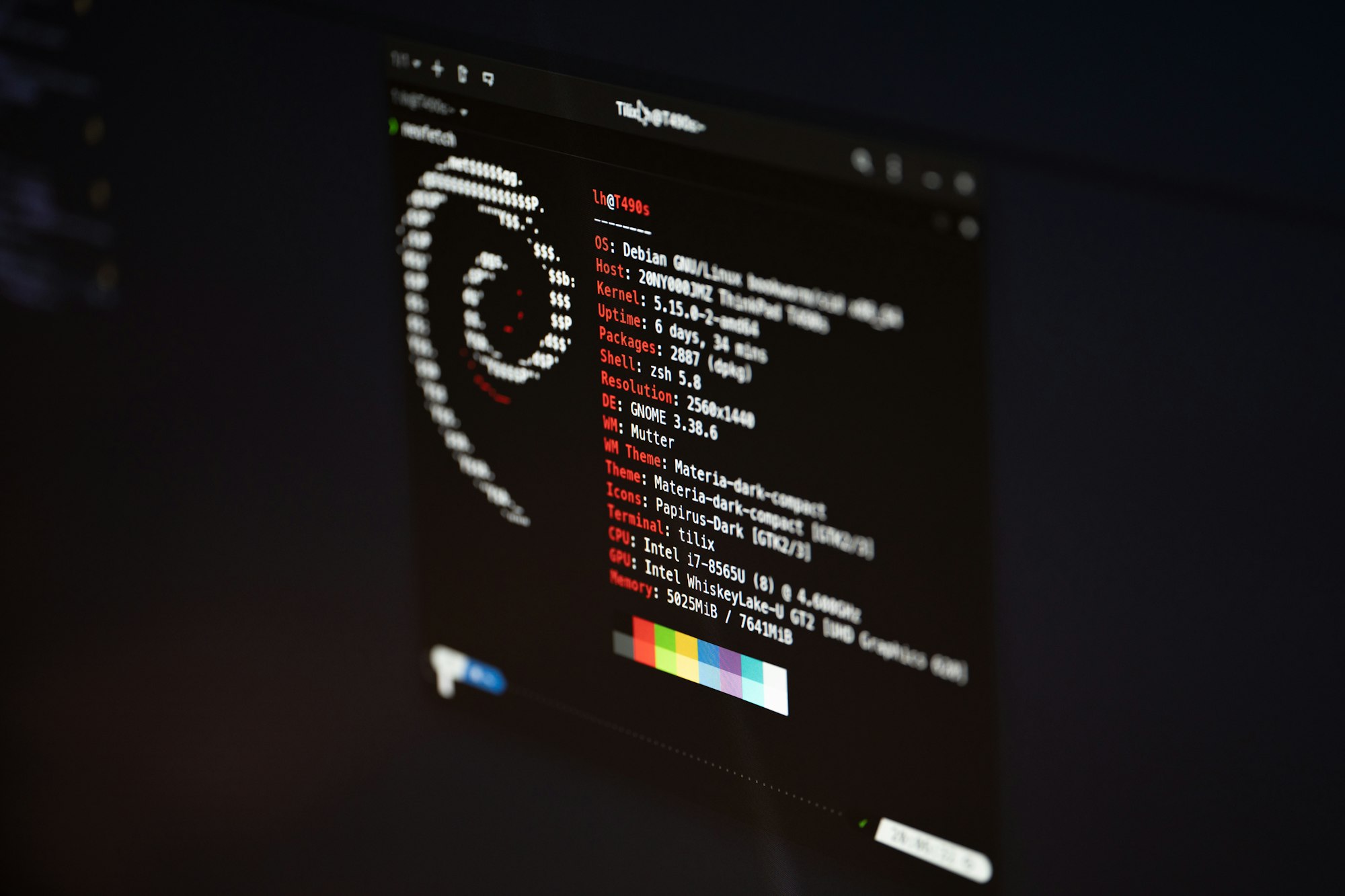UNIX permissions explained
So what does "sudo chmod -R 777 /dir" mean?

So what does "sudo chmod -R 777 /dir" mean?
| N | Description | ls | Binary |
|---|---|---|---|
| 0 | No permission at all | --- | 000 |
| 1 | Execute only | -x | 001 |
| 2 | Write onl | -w- | 010 |
| 3 | Write and execute | -wx | 011 |
| 4 | Read only | r- | 100 |
| 5 | Read and execute | r-x | 101 |
| 6 | Read and write | rw- | 110 |
| 7 | Read, write and execute | rwx | 111 |
Given the table above - r = read, w = write and x = execute.
sudo – Originally “superuser do”, is a command in UNIX-like machines that allows the user to run programs with (by default) superuser privileges.
chmod – Or “change mode” is a UNIX command that allows the user to change access permissions to files and/or directories.
-R – The command flag to make the operation recursive, or simply put, apply all changes in the directory and its children.
1st Number (7) – Represents the User. 7 means to give the user rwx privilege.
2nd Number (7) – Represents the Group. 7 means to give the group rwx privilege.
3rd Number (7) – Represents Other. 7 means to give “other” rwx privilege. An example of “other” are web browsers. Web browsers won’t have the access to your website if you give -wx privilege to your web server directory.
Many web servers use 755 for directories and 644 for files.
Now you’re ready to mess up with your files.

